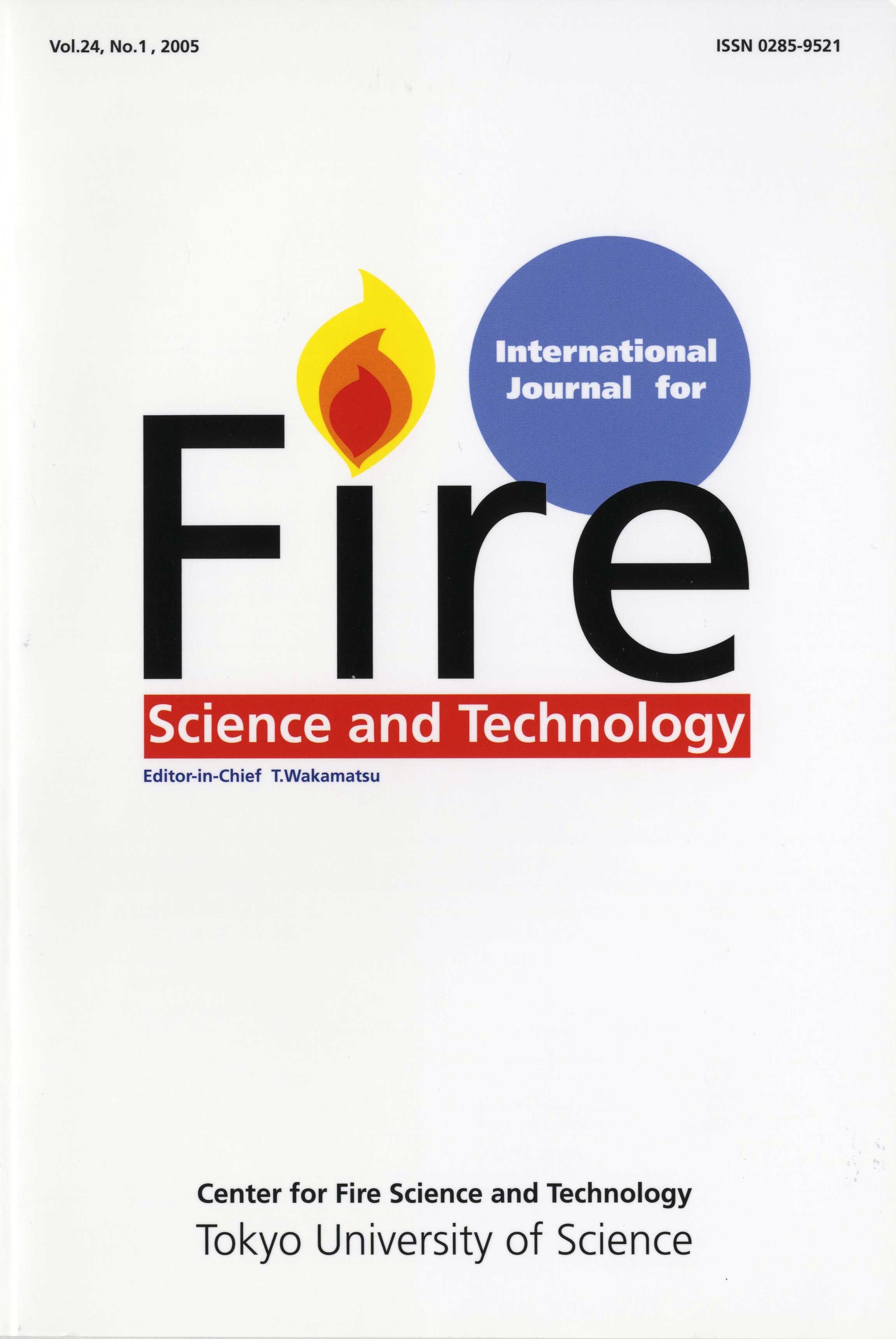All issues

Volume 42 (2023)
- Issue 2 Pages 37-
- Issue 1 Pages 1-
Volume 42, Issue 1
Displaying 1-2 of 2 articles from this issue
- |<
- <
- 1
- >
- >|
-
Tsubasa Ishizaki, Dai Kamiyoshihara, Minami Saito, Masashi Shinkai, Ko ...2023 Volume 42 Issue 1 Pages 1-16
Published: 2023
Released on J-STAGE: May 16, 2023
JOURNAL FREE ACCESSThis study describes the characteristics of chemical fires (fires in laboratories, oil factories, etc.,) caused by earthquakes. First, the relationship between earthquakes and fires (particularly chemical laboratory fires) in Japan is described; afterward, the relationship between chemical substances and the natural environment (particularly fires) is described. Next, we explain the relationship between fire and chemistry after explaining the two past major earthquakes in Japan, the great Hanshin-Awaji earthquake and the great East Japan earthquake, based on statistics and records. Finally, we describe the measures taken against chemical fires and future earthquakes.View full abstractDownload PDF (5405K) -
Takashiro Akitsu, Akinori Honda, Yuya Higashi, Taiga Imae2023 Volume 42 Issue 1 Pages 17-36
Published: 2023
Released on J-STAGE: May 16, 2023
JOURNAL FREE ACCESSFlame-retardant waterborne polyurethane has long been studied as a flame-retardant, non-flammable, adhesive material for wood, for example. Since there are already many good review articles and specialized books, this chapter will review only the major studies of new flame-retardant aqueous polyurethanes reported in the last few years. In many cases, there is the synthesis of polymer materials, thermal analysis that proves flame retardancy alone or in combination with other materials, as well as FTIR, NMR, MS for structural confirmation, and SEM for aggregate state confirmation. The study may be carried out by several measurements such as EDX analysis. On the other hand, material flammability tests may include limiting oxygen index, vertical combustion, and cone calorimeter tests. This chapter focuses on methods of analytical measurement of flammability, the purpose of these methods, the correlation between flame retardancy and other structures/physical properties, and related experiments and discussions including composite/special measurements such as TGA-FTIR, and in situ FTIR. Additionally, the authors would like to summarize the relationship between analytical measurements such as thermal measurement with other applications such as macromolecules for photochromic and fluorescence.View full abstractDownload PDF (1358K)
- |<
- <
- 1
- >
- >|